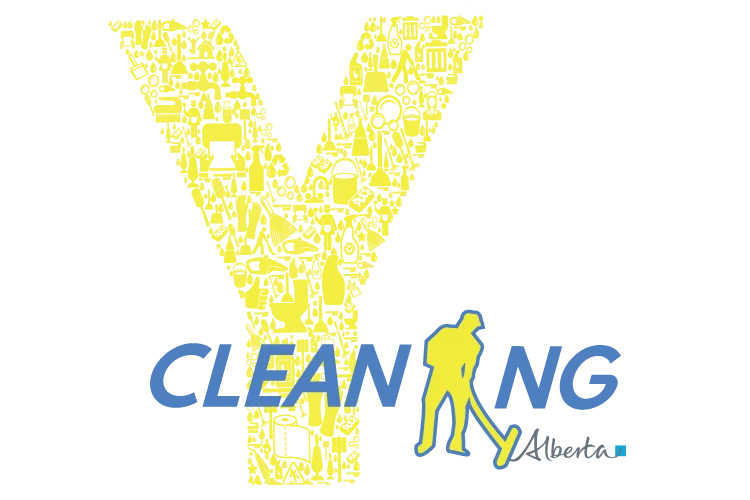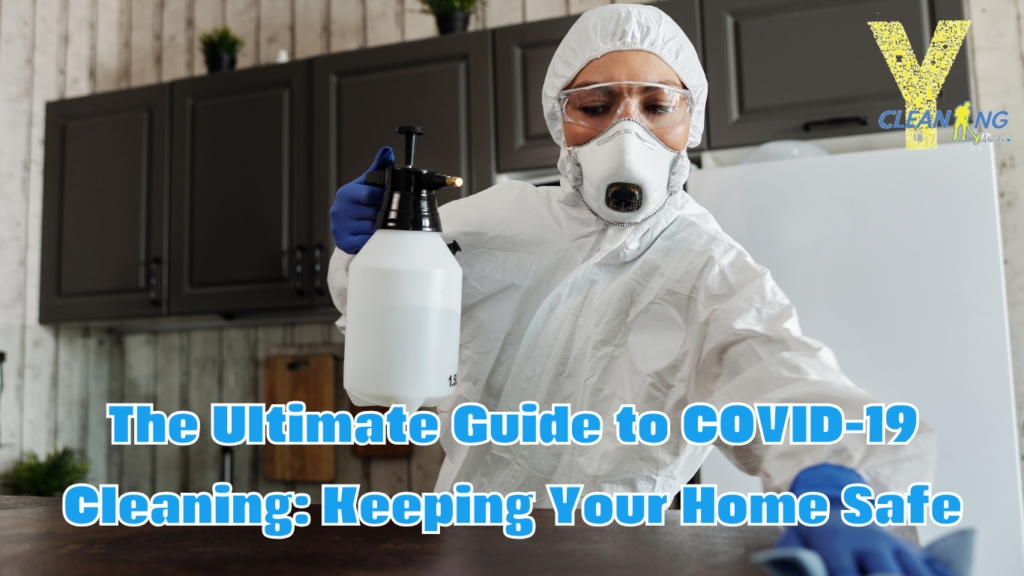The Ultimate Guide to COVID-19 Cleaning: Keep Your Home Safe with Ycleaning
As the COVID-19 pandemic continues to affect daily life, keeping your home clean and sanitized has never been more important. At Ycleaning, we understand the challenges of maintaining a germ-free environment, especially with the increased risks posed by the virus. This guide provides essential tips and expert recommendations to ensure your home remains a safe and healthy space for you and your loved ones.
Why Cleaning and Disinfection Matter
COVID-19 spreads mainly through respiratory droplets, but it can also live on surfaces for hours or even days. By cleaning and disinfecting frequently touched areas, you can significantly reduce the risk of virus transmission within your home. Consistent cleaning not only keeps you protected from COVID-19 but also helps eliminate other harmful bacteria and viruses that can lead to illnesses.
The Difference Between Cleaning and Disinfecting
Before jumping into cleaning, it’s important to understand the difference between cleaning and disinfecting:
- Cleaning: Removes dirt, dust, and grime using soap or detergent and water.
- Disinfecting: Involves applying chemicals to kill germs and viruses, including COVID-19.
For maximum protection, always clean surfaces first, then disinfect to ensure a germ-free home.
Essential Cleaning Supplies for COVID-19
To effectively clean and disinfect your home, you need to use the right products. Ycleaning recommends the following:
- EPA-approved disinfectants: Look for products that are effective against COVID-19, such as bleach or alcohol-based cleaners (70% alcohol or higher).
- Microfiber cloths: Use them for wiping down surfaces as they trap dirt and bacteria.
- Protective gear: Gloves and masks help protect you while cleaning and disinfecting.
At Ycleaning, we use high-quality, industry-approved products to ensure your home is thoroughly cleaned and disinfected.
Step-by-Step COVID-19 Cleaning Guide
Here’s how to clean and disinfect your home effectively, following Ycleaning’s expert recommendations:
- Gather Your Cleaning Supplies: Ensure you have disinfectants, cleaning cloths, gloves, and masks.
- Clean Surfaces: Start by wiping down surfaces with soap and water to remove visible dirt and grime. Focus on high-touch areas like doorknobs, light switches, and countertops.
- Disinfect: Apply a disinfectant that’s proven to be effective against COVID-19. Allow it to sit for the recommended time (usually 5-10 minutes) to fully eliminate germs and viruses.
- Wipe Clean: Use a clean cloth to wipe away any excess disinfectant, leaving the surfaces safe and germ-free.
- Focus on High-Touch Areas: Regularly clean areas that are touched most frequently, like remote controls, cell phones, faucets, and electronics.
- Dispose of Materials Safely: Dispose of used cleaning cloths, gloves, and wipes properly, following local guidelines.
By following these steps, you can help ensure your home remains safe and protected from harmful viruses.
High-Touch Areas to Prioritize
Certain areas in your home require extra attention as they are touched more frequently and are more likely to harbor germs. Focus on the following high-touch areas:
- Doorknobs and handles
- Light switches and faucets
- Remote controls, phones, and electronics
- Countertops and tables
- Toilet flush handles and bathroom surfaces
These areas should be cleaned and disinfected multiple times a week to reduce the risk of contamination.
Specialized Cleaning Tips for Key Areas
Here are some additional tips for cleaning specific areas of your home:
- Kitchen: Clean countertops, sinks, and appliance handles after every meal. These areas are frequently touched and should be disinfected regularly.
- Bathroom: Disinfect sinks, toilets, and shower handles. Use a separate cleaning brush for the toilet to avoid cross-contamination.
- Living Areas: Wipe down remote controls, light switches, and any other commonly used electronics. Consider disinfecting furniture and fabrics regularly.
- Bedroom: Wash bedding frequently in hot water, and disinfect bedside tables and lamps.
Setting a Cleaning Routine
To keep your home consistently clean and germ-free, it’s essential to establish a regular cleaning routine. Consider the following when creating your cleaning schedule:
- Frequency: Clean high-touch areas daily and deep clean all surfaces weekly.
- Involve the Family: Assign age-appropriate tasks to family members to share the responsibility.
- Stay Organized: Keep track of your cleaning schedule with a checklist to ensure nothing is overlooked.
The Benefits of Hiring Professional Cleaning Services
While DIY cleaning can be effective, hiring professional cleaning services can take your efforts to the next level. At Ycleaning, our experts are trained in the latest cleaning and disinfection methods, using industry-grade products to sanitize your home. We follow strict health and safety protocols, ensuring your home is cleaned with the highest level of care.
Professional services also save you time and effort, providing peace of mind during these challenging times.
Conclusion: Keep Your Home Safe with Ycleaning
In these uncertain times, keeping your home clean and germ-free is essential for your safety and the well-being of your family. By following proper cleaning and disinfecting protocols, you can reduce the risk of COVID-19 transmission. Whether you’re cleaning your home yourself or hiring professional services, prioritizing cleanliness will help protect your loved ones.
At Ycleaning, we’re committed to providing reliable, expert cleaning services that you can trust. Contact us today to schedule a professional cleaning and keep your home safe and spotless.

